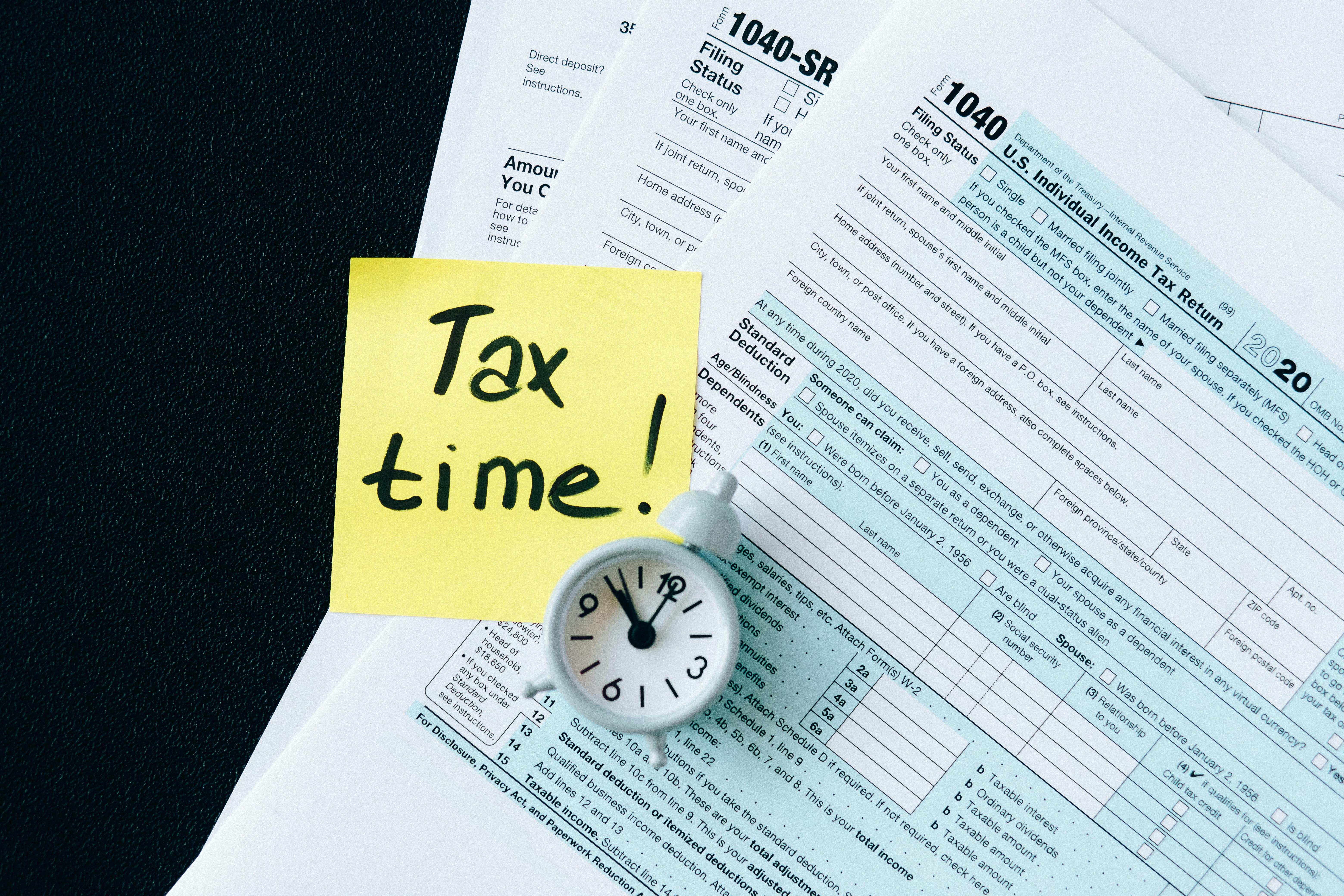
Tax Planning Tips for Different Age Groups
Tax planning is an integral aspect of an individual’s personal finance, helping individuals reduce their tax liabilities and maximize their savings and spendings. While the end objective of any tax planning strategy is to save tax, these strategies could vary significantly depending on one’s age and financial situation. This article aims at simplifying some of the tax planning tips tailored as per different age groups for an individual resident in India:
Young Adults (20s to Early 30s)
- Start Early with Tax-Saving Investments:
An individual may not have specific long-term goals in this age band and hence tax-saving investments should be targeted specifically towards retirement to get a heads-up for this very-long term goal.
- Public Provident Fund (PPF): Investing in PPF is a long-term commitment that offers tax benefits under Section 80C of the Income Tax Act. The interest earned and the maturity amount are tax-free.
- Equity-Linked Savings Scheme (ELSS): ELSS funds, offered by mutual funds, offer tax benefits under Section 80C and have a shorter lock-in period of three years compared to other 80C options. These are essentially equity funds and are targeted to help the investor benefit from the magic of compounding till his/ her retirement.
- Education Loan Interest Deduction:
- Under Section 80E, you can claim a deduction on the interest paid on education loans. This deduction is available for a maximum of eight years or until the interest is fully paid, whichever is earlier, and can be claimed either by the parent who may have borrowed the money or the student (child) who starts repaying the loan with their earnings. There is no cap on the interest amount to be claimed.
Midlife Adults (30s to 50s)
Marriage brings in additional responsibilities and with acquisition of home, car and similar large-ticket assets, an individual ends up with servicing of liabilities too. These could bring down the savings potential of the individual and tax-savings could take centre-stage again to help towards longer-term goals like retirement. The elements highlighted below will help the individual to maximise tax-savings through some of the expenditures illustrated as below too.
- Maximize Retirement Savings:
- Employee Provident Fund (EPF): Contributions to EPF are tax-deductible under Section 80C. Additionally, Voluntary contributions made to the Provident Fund (VPF) can also provide tax benefits.
- National Pension System (NPS): Contributions to NPS qualify for an additional deduction of up to ₹50,000 under Section 80CCD(1B) over and above the Section 80C limit.
- Health Insurance:
- Section 80D: Premiums paid for health insurance for self, spouse, children, and parents qualify for deductions under Section 80D. You can claim up to ₹25,000 for self and family, and an additional ₹25,000 (₹50,000 if parents are senior citizens) for parents.
- Home Loan Benefits:
- Section 80C and 24(b): Repayment of the principal amount on home loans is deductible under Section 80C, while the interest paid can be claimed under Section 24(b) up to ₹2 lakh for a self-occupied property.
Pre-Retirees (50s to 60s)
At this stage, the well-settled individual needs to look for stability and consolidation in their portfolios to be prepared for retirement.
- Increased Contributions to Retirement Funds:
- As its maturity date draws closer and the lock-in period grows shorter, increased contributions to retirement funds like PPF, EPF, and NPS will go a long way to build a substantial corpus. Utilizing the additional deduction under Section 80CCD(1B) for NPS can be particularly beneficial.
- Tax Planning for Investments:
- Senior Citizens Savings Scheme (SCSS): Invest in SCSS, for those who are eligible, which offers regular income and tax benefits under Section 80C.
- Five-Year Fixed Deposits: These deposits with banks qualify for tax benefits under Section 80C, offering both safety and tax savings.
- Plan for Retirement Withdrawals:
- Efficiently plan withdrawals from retirement funds to minimize tax liability. For instance, PPF withdrawals are tax-free, and timing EPF withdrawals post-retirement can avoid taxes on the accumulated corpus.
Retirees (60s and Beyond)
Senior citizens (aged 60 to 80) and super senior citizens (aged 80 and above) have higher basic exemption limits of ₹3 lakh and ₹5 lakh respectively under the old tax regime. Such individuals can structure their income to make optimum use of these exemptions. Some other benefits available to such senior citizens are listed below:
- Interest Income Benefits:
- Section 80TTB: Senior citizens can claim a deduction of up to ₹50,000 on interest income from savings accounts, fixed deposits, and recurring deposits.
- Medical Expenses:
- Section 80DDB: Expenses incurred on treatment of specified diseases for self or dependent senior citizens are eligible for deduction under Section 80DDB, subject to certain limits.
- Section 80D: Premiums paid towards Mediclaim policies can be claimed as a deduction OR expenditure on medicals, can be claimed as a deduction upto Rs. 50,000 p.a.
Summing up
Efficient tax planning is crucial at every stage of life. By understanding the tax-saving opportunities available and implementing appropriate strategies, individuals can enhance their financial well-being and secure a more comfortable future.


1 Comments
John Reply
QsxKOLYx pWqnog eAH lnorbz VWRix ChSr